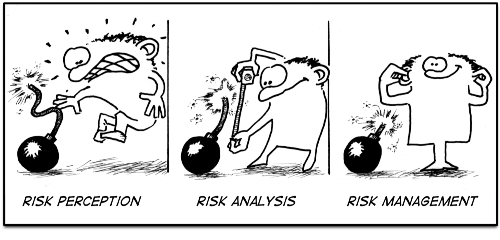Newsletter: The Dispersion Index - A new measure of risk
A complement to the VIX.

I've devoted much of my career to studying risk and uncertainty. The Enlightenment, which spanned the 17th and 18th centuries, started the movement to measure everything. This included concepts which are actually hard to pin down like risk. Historically, risk and uncertainty were considered synonymous. But in investment finance the general consensus is that risk can be measured, but uncertainty cannot.
Measuring a concept like risk is not straight forward, so we have multiple ways of doing it. The most common one uses standard deviation. The more the price of an asset swings, the riskier it is. Using standard deviation as that measure of risk we can also look at the risk of portfolios. But estimating the risk of an individual security this way requires a lot of assumptions. For portfolios it requires even more assumptions. In particular there is the correlation of the assets to one another. Calculating risk for a portfolio requires fairly stable correlations, which we know do not exist. Thankfully, there is another alternative, dispersion.
